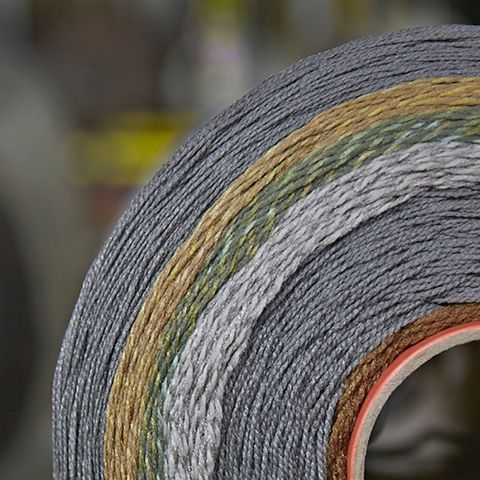
Because of this, you’ll have to customize your image size to your site.
 How will the image look on a mobile device? Just as with desktop website sizes, the size of a mobile website can vary. You want it small enough so that it doesn’t take up the entire column, with enough room for text to wrap around it. However, if it’s just an image meant to add visual interest, keep the image small, about 200 to 250 pixels wide. In this case, it’s perfectly acceptable to leave the image large, allowing it to sprawl across the page. Is the image the focus of the content, or is it an enhancement? When you’ve created (or are sharing) an infographic, the image will be the focus of the page. This way, it won’t eat up the page and valuable real estate for content. However, if you have two columns, you’ll want to keep the image no larger than 640 pixels. How many columns are on the page where the content will be displayed? If your website is a single column design, you have approximately 980 pixels to work with. There have been many times when we speak with business owners who are unhappy with how slowly their website is loading, only to find that they added a 5-megabyte image onto a site that’s only 3 megs-talk about load lag! How wide is my website? Website widths vary, so if you’d like to add big images, you’ll want to know how wide your content area is.
How will the image look on a mobile device? Just as with desktop website sizes, the size of a mobile website can vary. You want it small enough so that it doesn’t take up the entire column, with enough room for text to wrap around it. However, if it’s just an image meant to add visual interest, keep the image small, about 200 to 250 pixels wide. In this case, it’s perfectly acceptable to leave the image large, allowing it to sprawl across the page. Is the image the focus of the content, or is it an enhancement? When you’ve created (or are sharing) an infographic, the image will be the focus of the page. This way, it won’t eat up the page and valuable real estate for content. However, if you have two columns, you’ll want to keep the image no larger than 640 pixels. How many columns are on the page where the content will be displayed? If your website is a single column design, you have approximately 980 pixels to work with. There have been many times when we speak with business owners who are unhappy with how slowly their website is loading, only to find that they added a 5-megabyte image onto a site that’s only 3 megs-talk about load lag! How wide is my website? Website widths vary, so if you’d like to add big images, you’ll want to know how wide your content area is. 
#Image size for invision desktop web browser professional
Pictures have become essential for today’s small business web page, but images have to be used thoughtfully! Consider these four key questions before you start treating your professional website like a scrapbook:






 0 kommentar(er)
0 kommentar(er)
